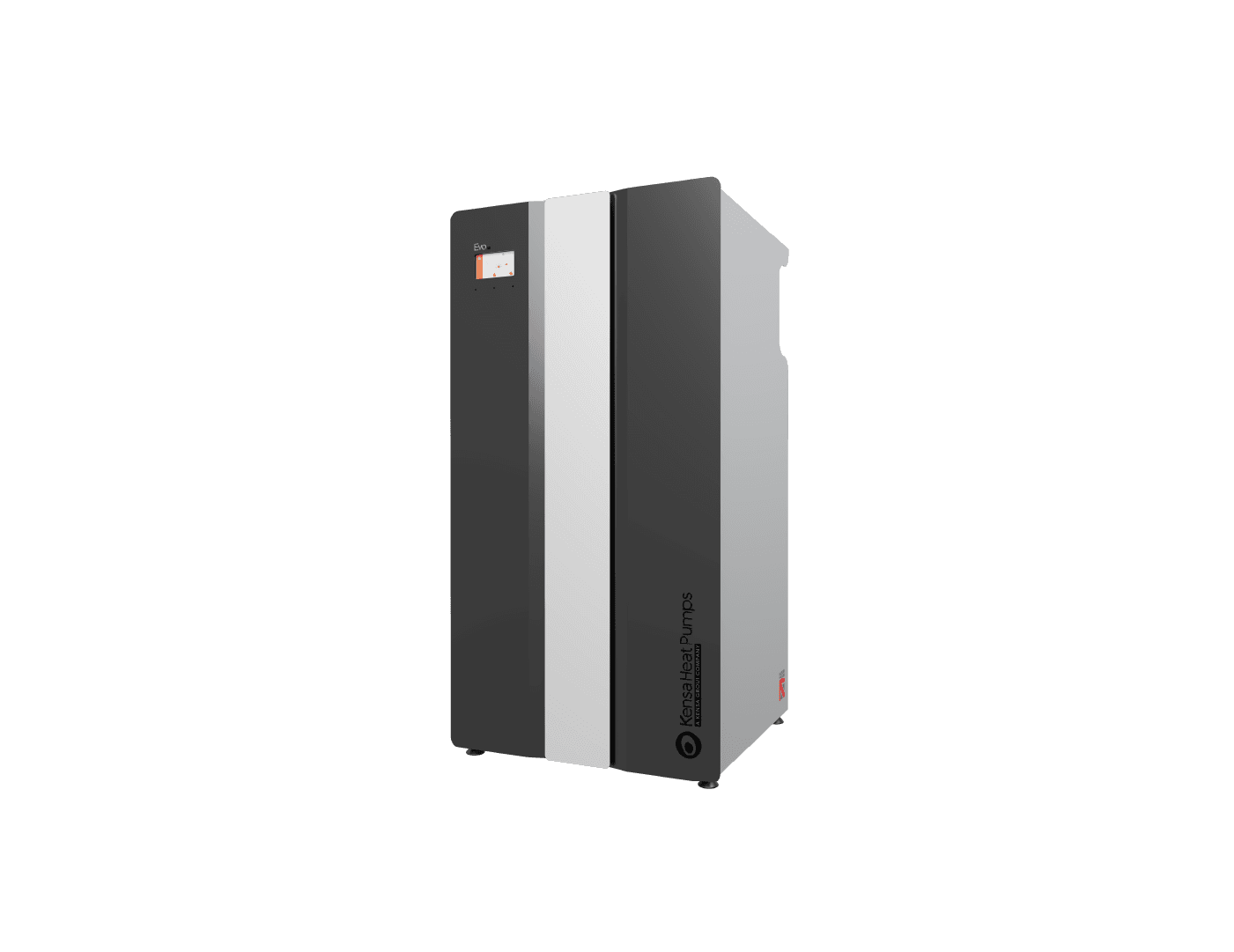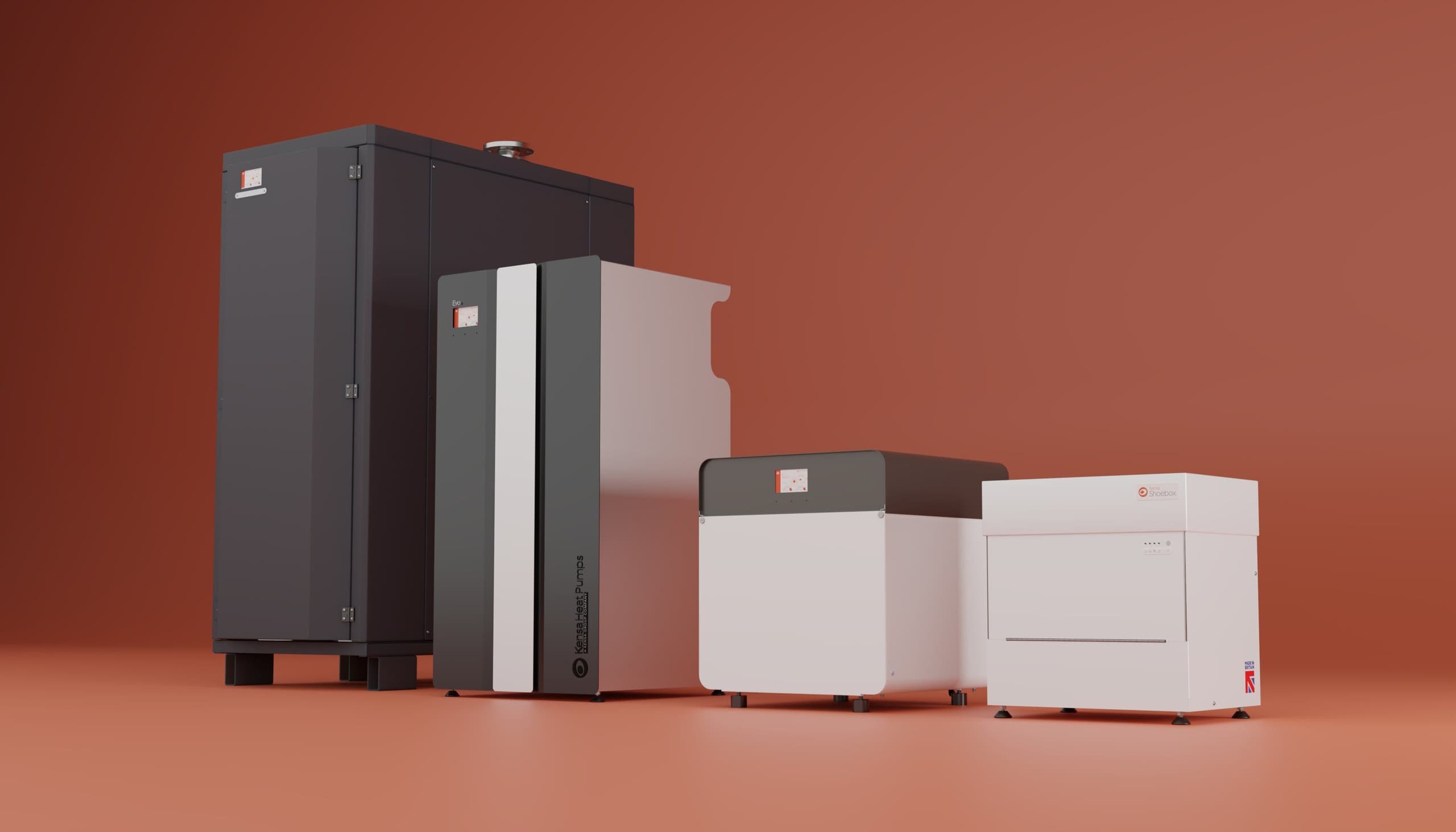How To Be Energy Self Sufficient
- Homes
- 4 min read
Turn the clock back 20 years and the market for ground source heat pumps barely existed. The majority of early customers tended to be innovative self builders constructing what would then have been called very low energy homes, often with other features like water recycling, exceptional insulation and, perhaps, some solar thermal tubes on the roof. In many cases, the self-builders intended to live in the property for the remainder of their lives which prompted investment in technologies with a long-term return.
Not much else was possible or even considered; in the pre-subsidy support era, solar photovoltaic panels were available but were far too expensive, and the early wind turbines suffered from reliability issues. The idea of being self sufficient in energy was not even on the cards. Today, things are looking much better.
Heat losses from new buildings have continued to fall. What would have been considered ‘state-of-the-art’ 20 years ago is now average; heat losses as low as 20 W/m2 are now a practical possibility. The peak heating load of a modest family home could now be as low as 2 to 3 kW, with seasonal averages around half this figure.
At the same time, ground source heat pump manufacturers like Kensahave been working to improve the energy efficiency of their ground source heat pump products with compressors, heat exchangers and pumps all benefitting from significant investment aimed at enhancing performance. Typically these gains will add up to around a 25% efficiency improvement in 20 years. These two factors combined have made it possible to heat some new family homes using only around 10kWh of electricity a day; quite a remarkable reduction compared to the historical average.
Indeed, the development of Kensa’s  EvoProductEvo ground source heat pump series was driven by the ambition to deliver an ultra-efficient system; the result is a heat pump that is 15% more efficient than its predecessor and features a live What Compliance Standards can Heat Pumps Meet?Compliancecoefficient of performance(COP) reading to ensure the most efficient system installation. It also maintains Kensa’s long-established tradition of simplifying the installation so the task can be undertaken by any plumbing contractor.
EvoProductEvo ground source heat pump series was driven by the ambition to deliver an ultra-efficient system; the result is a heat pump that is 15% more efficient than its predecessor and features a live What Compliance Standards can Heat Pumps Meet?Compliancecoefficient of performance(COP) reading to ensure the most efficient system installation. It also maintains Kensa’s long-established tradition of simplifying the installation so the task can be undertaken by any plumbing contractor.
The increased efficiency not only reduces the running costs but also maximises the income available via the Government’s Domestic Renewable Heat Incentive scheme (RHI: this scheme has now closed – please visit this FundingFundingpage to explore other funding).
For most sites, only two practical options will exist for generation, PV and micro wind turbines. In the UK climate, these two technologies actually complement each other quite well, as usually the sun shines in the summer and the wind typically blows in winter. For anyone contemplating energy self sufficiency, the logical starting point has to be energy conservation. The physical size and cost of equipment needed to generate and store electricity tend to fall in a fairly linear fashion so reducing consumption is almost always more cost effective than enlarging generation and storage, certainly when the long term view is taken.
With any self-generation system however the key is storage, the battery industry has made great advances in recent years, the cost ratio £ per kW capacity has tumbled while quality, reliability and round trip efficiency have all made gains. Developments in battery storage technology are largely being driven by electric car development with the major providers all boasting that further significant improvements are in the pipeline: in time, these refinements will feed through to domestic energy storage. The more storage capacity a property has, the less likely it is to need grid support, but if taken too far the cost of extra storage may never be recouped in grid savings.
All these combined gains have come together, only very recently, to make year-round energy self sufficiency almost a practical possibility for many detached rural properties and others in suburban/urban locations. Of course, this won’t hold true for every day of the year, as windless but overcast conditions do happen, so for now retaining a grid connection is probably essential, but if becoming totally self sufficient in domestic energy is your goal, the future is looking good.
Equally, if the intent is to minimise the property’s carbon footprint, the installation of a ground source heat pump will make a very significant difference. Carbon Brief has recently reported that the average carbon intensity of all electricity generation in 2017 was 0.247kg per kWh which is far below the figures used in SAP and far below official Government projections. Given the efficiency of the latest ground source heat pumps, where a Seasonal Performance Factor of 350% is easily possible in a well-insulated home, it can be seen that the adjusted carbon intensity of 0.070kg is far below a gas condensing boiler so self-sufficiency can be delivered in a very green way.


